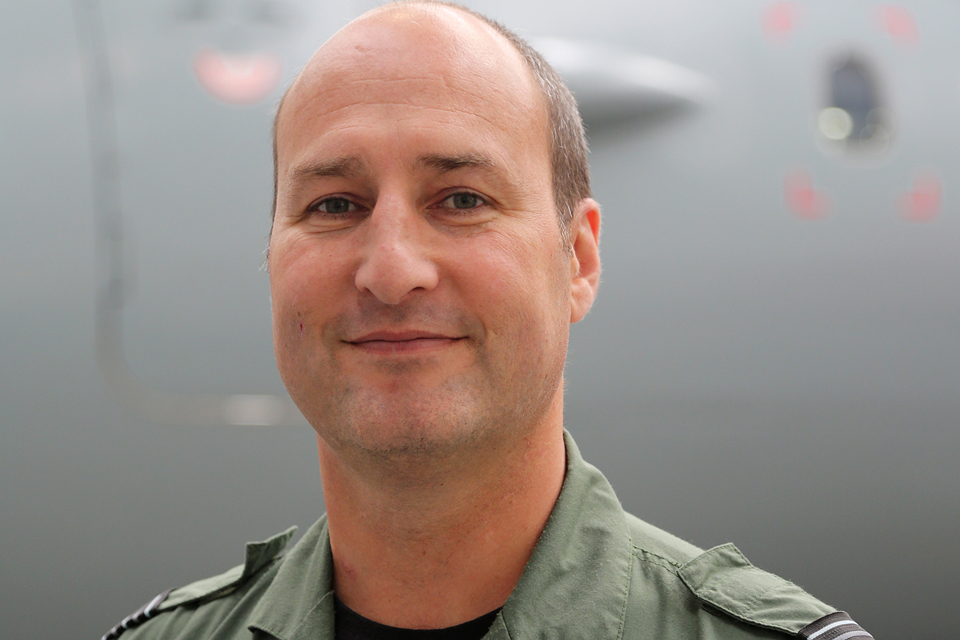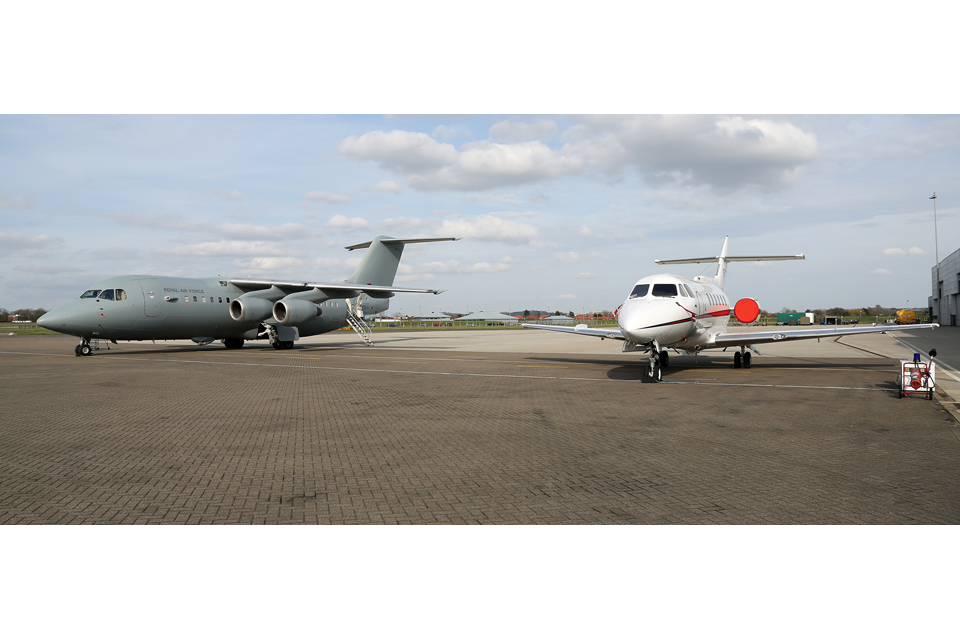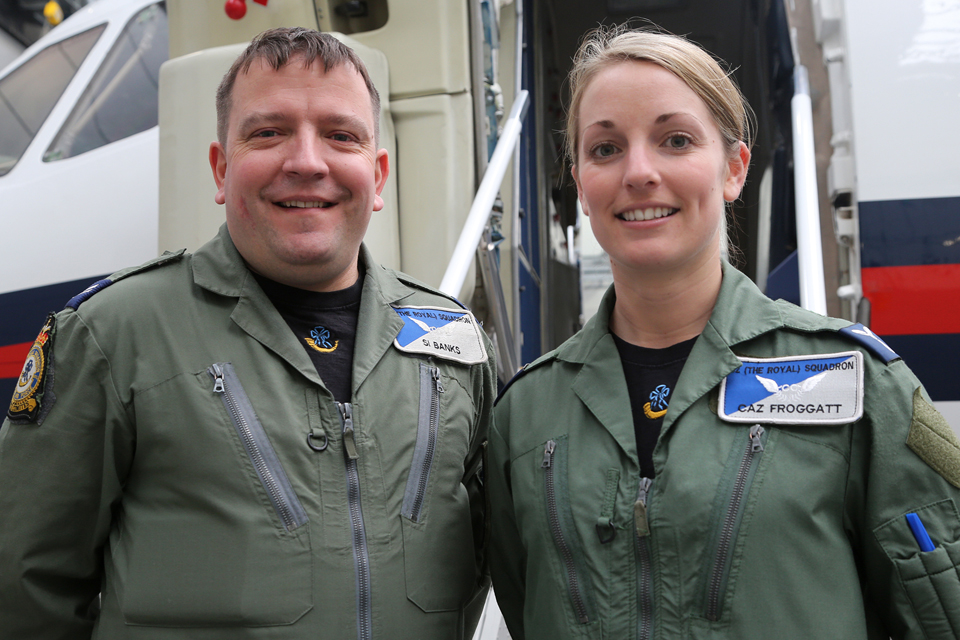Life in 'The Royal' Squadron
From transporting VIPs to foreign war criminals and urgently-needed vaccines, we look at the work of the RAF's prestigious 32 Squadron.
![Flight Lieutenant Andy Robins, a BAe 125 pilot with 32 (The Royal) Squadron [Picture: Squadron Leader Dylan Eklund, Crown copyright]](https://assets.publishing.service.gov.uk/media/5a60ccc6e5274a4441810a80/s300_20130610royalsqn03.jpg)
Flight Lieutenant Andy Robins, a BAe 125 pilot
Often seen in the media transporting the Prime Minister and other senior politicians on government business, one could be forgiven for thinking of 32 (The Royal) Squadron (32 (TR) Sqn) as the Armed Forces’ VIP airline. But the unit has been playing a vital role in support of operations for the past decade.
Based within the M25, close to the seat of government and Joint Forces Command, 32 (TR) Sqn operates a mixed fleet of aircraft in the command support air transport role from RAF Northolt.

Wing Commander Jon Beck [Picture: Squadron Leader Dylan Eklund, Crown copyright]
Officer Commanding 32 (TR) Sqn, Wing Commander Jon Beck, explained:
It is getting the right people and kit to the right place at the right time. This can be everything from the commander who runs the war, to the vaccines required by forces, or the technician required to repair essential equipment. We have the agility which civilian air transport just cannot provide.
With the disbandment of the Queen’s Flight in 1995, 32 (TR) Sqn were given the title ‘The Royal’ Squadron.

A BAe 146 C3 (left) and a BAe 125 CC3 (right) of 32 (The Royal) Squadron on the ramp at RAF Northolt [Picture: Squadron Leader Dylan Eklund, Crown copyright]
Today the squadron operates a mixed fleet of aircraft types with A Flight flying the BAe 146, B Flight the Agusta A109E, and C Flight the BAe 125. The current fleet of aircraft has changed in recent months, with the number of A109 Power helicopters having been reduced from 3 to 1 as a savings measure at the conclusion of their leasing contracts.
The total number of aircraft on strength has though remained the same, with the arrival of 2 BAe 146 CMk3s which have been deployed to the Middle East and Afghanistan as part of the squadron’s contribution to Operation Kipion and Operation Herrick, respectively. Indeed, the squadron has had aircraft permanently deployed in the Middle East since before 2003.
32 (TR) Sqn also has a commitment to support contingent and developing operations as demonstrated in Libya on both Operation Deference, the evacuation of UK civilians, and Operation Ellamy. The squadron flew the Foreign Secretary into Tripoli days after the regime fell and, more recently, provided support to Operation Newcombe in Mali.

Corporal Si Banks and Senior Aircraftwoman Caz Froggatt [Picture: Squadron Leader Dylan Eklund, Crown copyright]
Other tasks flown are diverse, varying from the short notice transport of compassionate cases to the delivery of vital spare parts to aircraft stranded en route. In the past, this has included flying war criminals to The Hague and even delivering urgently needed vaccines.
With the squadron often conducting high profile visits, personnel always endeavour to ensure the RAF is presented in the best possible light.
Flight Lieutenant Andy Robins, a BAe 125 pilot, explained:
We’re arriving with an RAF roundel and 32 (The Royal) Squadron crest, and we’re very conscious of that. Safety is always paramount but we do change the service or timings as appropriate. You don’t want to be taxiing at 1-mile-per-hour trying to lose time when you can see the band sprinting for their instruments next to the red carpet.
You owe it to the people on the ground to come in on time and do your job as a crew as best as you can. There are all sorts of techniques on timing, including how to fight your way through large international airports and getting yourself in and out of complicated London airspace.
For the cabin crew, who comprise galley stewards, cabin stewards and air loadmasters, a tour on 32 (TR) Sqn is an undoubted highlight.
Corporal Si Banks explained:
I’d argue that this is the best job you can get in my trade. The most rewarding part is fulfilling compassionate Class-A flights where you feel as though you make a real difference. The RAF does this very well, and to be part of it is a real privilege.
Updates to this page
-
Re-added bottom photo, removed by mistake during editing.
-
First published.